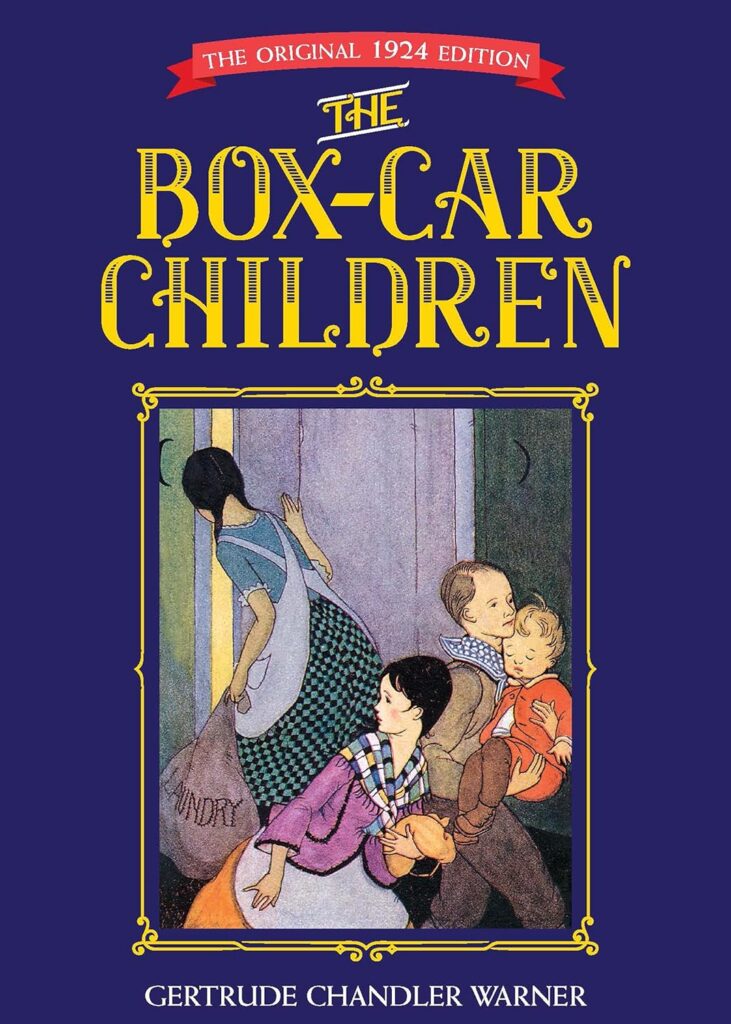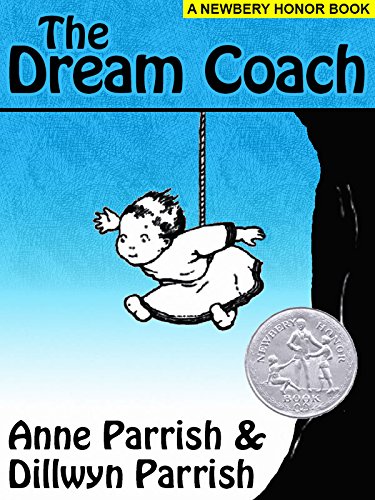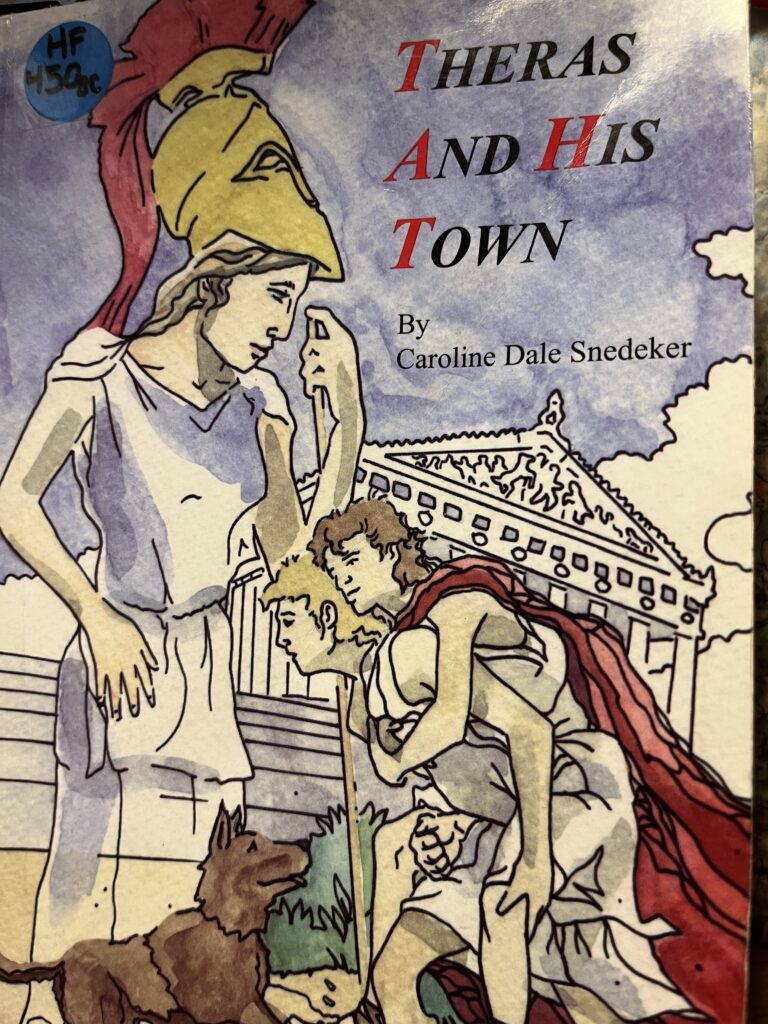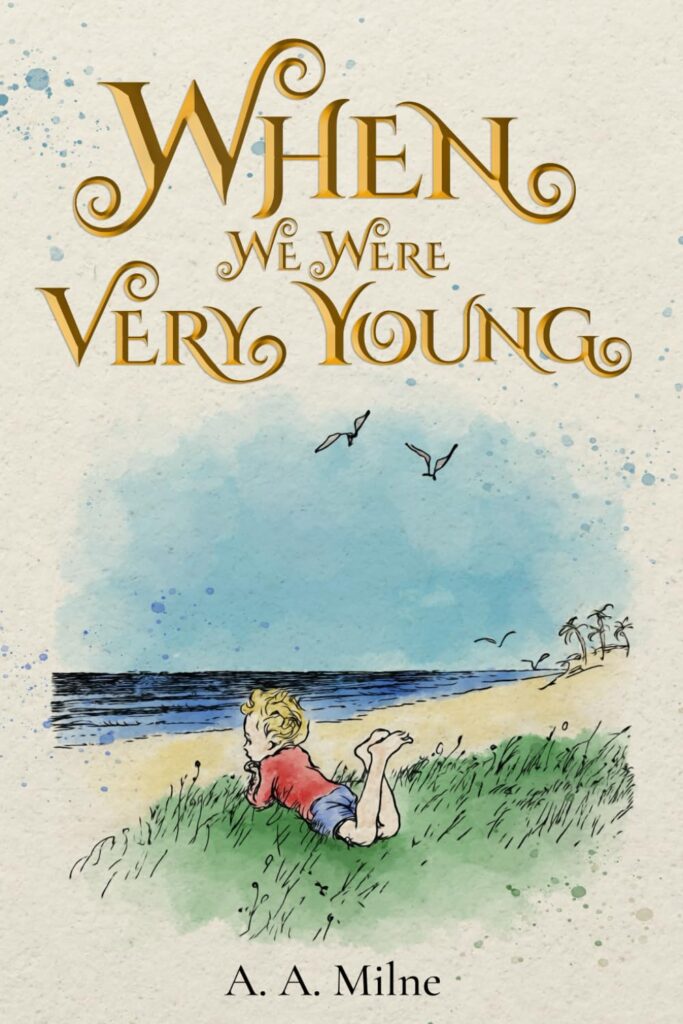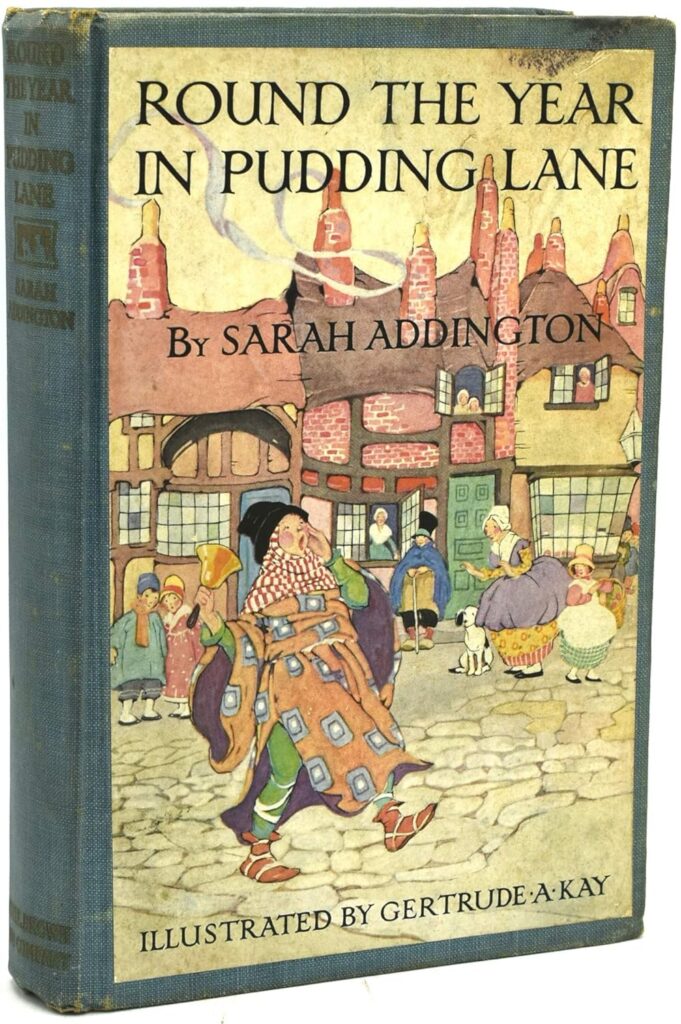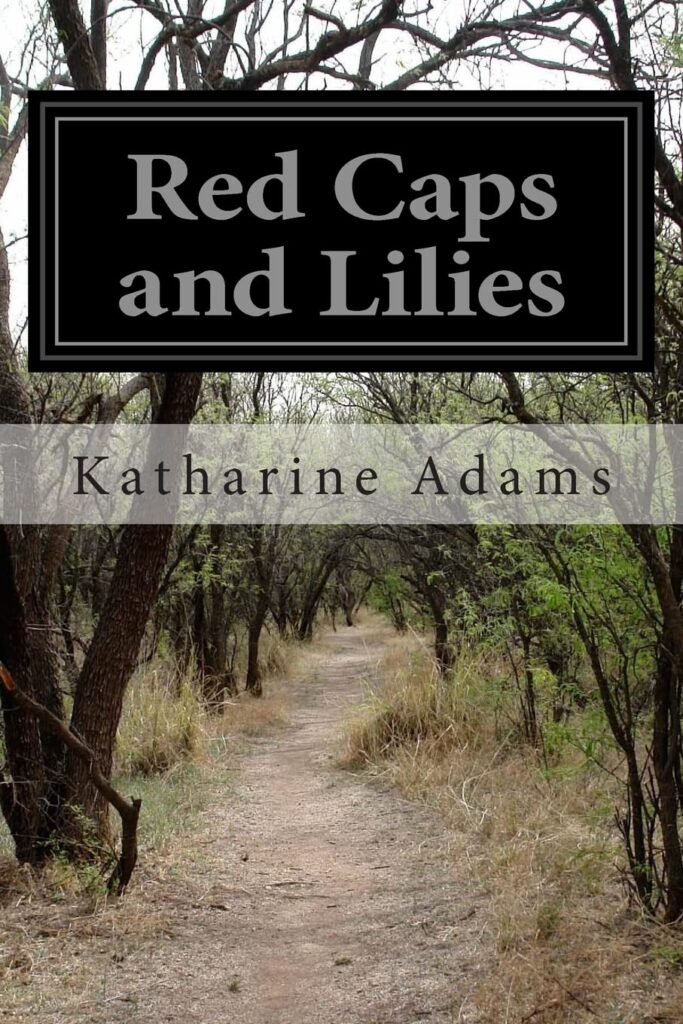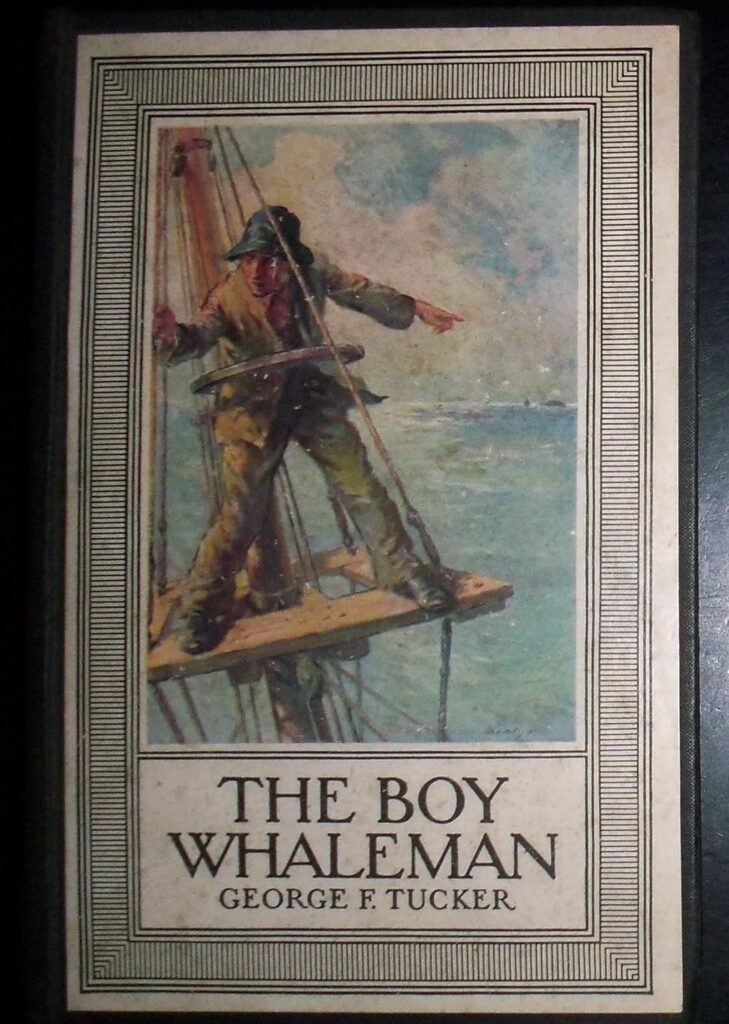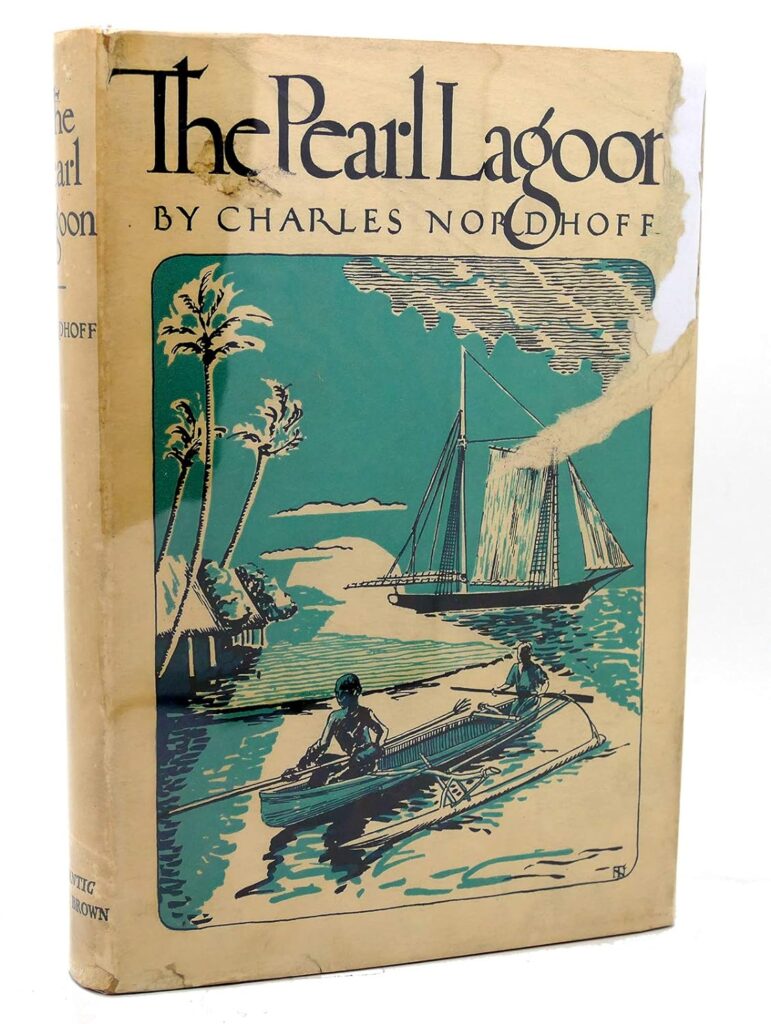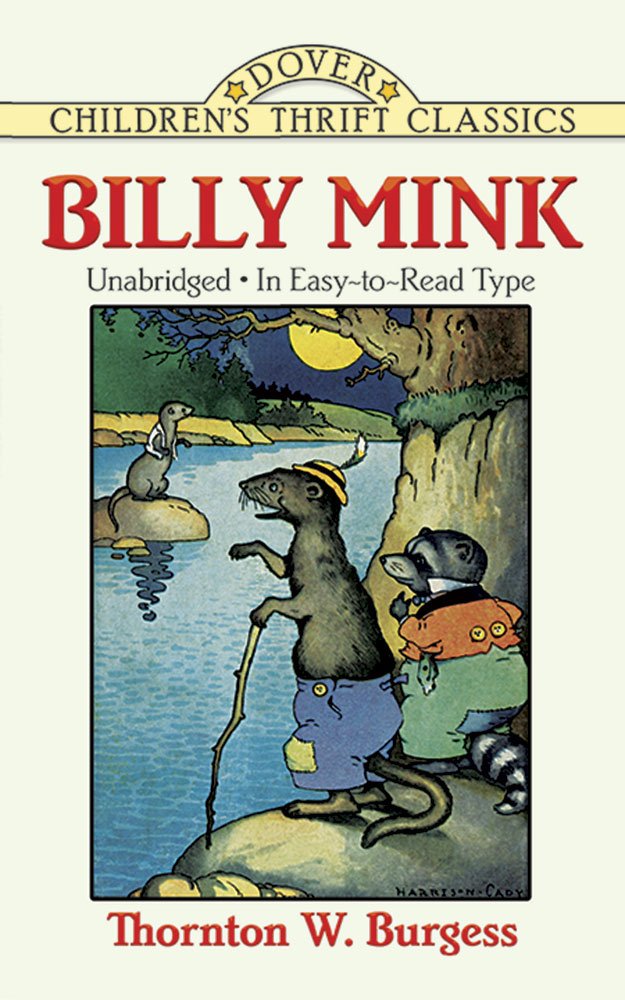It was indeed a different era. What was going on in 1924 when these books were being published and read? The 1924 Paris Olympics, Leopold and Loeb murders, the premiere of Rhapsody in Blue by Gershwin. Vladimir Lenin died, and Mallory and Irvine disappeared while attempting to summit Mt. Everest. Robert Frost won the Pulitzer Prize for Poetry, and crossword puzzles were all the rage after Simon snd Schuster published their first book of crosswords.
As far children’s literature was concerned, the field of books written especially for children was just coming into its own. The Horn Book Magazine, the oldest bimonthly magazine dedicated to reviewing children’s literature, was founded in Boston in 1924. The Newbery Medal for “the most distinguished contribution to American literature for children” was only a couple of years old. The medal-winning book for 1925 (published in 1924) was Tales from Silver Lands, a book of Central and South American folktales, collected and recorded by Charles Finger. Two other 1924 books were “runners-up” for the Newbery: The Dream Coach by Anne Parish and Nicholas: A Manhattan Christmas Story by New York Public Library’s head children’s librarian, Anne Carroll Moore.
Unfortunately, all three Newbery-honored books from 1924 seem to me to be not horrible, but forgettable. The South American folktales are perhaps of interest to scholars and storytellers, but I doubt the average child would glom onto them. The other two books are more the sort of books that adults think children should like than they are the kind of story that children do enjoy.
Still, 1924 was a good year for children’s books. Here’s a list, with brief annotations, of eight real gems from 1924. Several of these are not in print, but I would love to see them come back.
- The Boxcar Children by Gertrude Chandler Warner. This classic was later revised and republished in 1942 in a new edition. I would recommend the 1942 version, but the 1924 original is not bad. Biblioguides has some comparison of the two different editions.
- The Boy Whaleman by George Fox Tucker. A fifteen year old boy, Homer Bleechly, goes to sea on a whaling ship and comes home three years later an eighteen year old man.
- Down the Big River by Stephen Meader. In 1805, Tom Lockwood and his Quaker aunt and uncle sell their Pennsylvania home and go to Missouri down the Ohio River, encountering river pirates and helpful allies along the way. Reprint edition available from Purple House Press.
- The New Moon: The Story of Dick Martin’s Courage, His Silver Sixpence and His Friends in the New World by Cornelia Meigs. An historical fiction story about an Irish immigrant lad who comes to America and eventually goes west to seek his fortune. Ms. Meigs eventually had her own Newbery Honor books as well as winning the 1934 Newbery Medal for Invincible Louisa, her biographical account of the life of Louisa May Alcott.
- The Pearl Lagoon by Charles Nordhoff. Another adventure story in which Charlie Selden, sixteen, goes to the island of Iriatai in the South Pacific, to help his uncle Harry hunt for pearls in Iriatai Lagoon.
- Round the Year in Pudding Lane by Sarah Addington. This one borders on the “cutesy” but it is more clever than precious. Santa Claus and his boyhood friends celebrate the holidays of the year with their nursery rhyme friends on Pudding Lane.
- Taxis and Toadstools by Rachel Field. A charming collection of poems by favorite children’s poet and prose author Rachel Field (author of Hitty: Her First Hundred Years and Calico Bush).
- When We Were Very Young by A.A. Milne. Winnie the Pooh author A.A. Milne first wrote and published this book of what he called “nursery rhymes” for children, before he became famous for creating Pooh Bear. The first mention of a bear later named Pooh, the poem, “Teddy Bear”, was published in Punch magazine in February 1924 and republished that year in When We Were Very Young.
To see more books from 1924, with links to reviews, check out this post from the beginning of our 1924 Project.

